How and with what can you clean an ultrasonic humidifier?
It is difficult to underestimate the benefits of industrial climate control devices designed to increase the level of humidity in a residential area. Unfortunately, you won’t be able to simply buy a device and enjoy the benefits of civilization; you will have to at least familiarize yourself with the methods of how to clean an air humidifier from limescale.
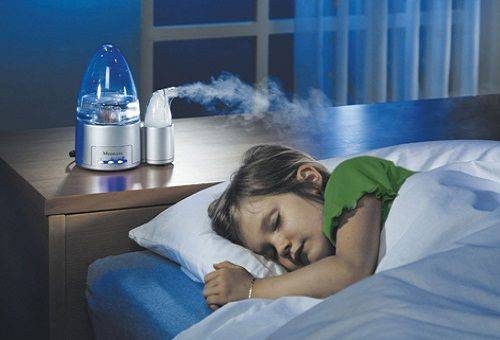
Refusal to carry out preventive and restorative manipulations is fraught with serious problems, the least of which will be a decrease in the performance of the device. Of course, you can turn to a professional who will do everything correctly and quickly, but in this case you will have to shell out at least a third of the amount already paid for household appliances.
Causes and consequences of pollution of climate control equipment
Today, the household appliance market is filled with various types of humidifiers. The type of their work affects not only the condition of the air and its physical indicators, but also causes the development of specific problems:
- Steam installation. In the process of generating steam, which is mixed with air, active separation of salt molecules from particles suspended in the atmosphere occurs. They settle on the internal walls and elements of the device, causing scale formation. As the lime layer compacts, the thermal conductivity of the device decreases, which affects the quality of its operation. After some time, the device fails.
Advice: To avoid such consequences, it is worth taking a closer look at devices in which the evaporation of liquid occurs not during the boiling process, but at room temperature.
- Ultrasonic humidifier. Through the action of ultrasound, the surface of the water releases wet dust, the particles of which are so small that they take on the appearance of a cool fog. While water molecules mix with air components, salts are separated, settling on various horizontal and vertical surfaces. The whitish coating does not look very aesthetically pleasing and creates problems during the cleaning process. After some time, it begins to appear on the internal parts of the humidifier.
- Traditional mechanical device. In this case, the main load falls on the moistened cartridge, which becomes covered with a salt coating as a result of constant filtration of hard water. In addition, these devices are characterized by stagnation of water in the tank, which leads to the active proliferation of pathogenic microorganisms and the appearance of a putrid odor from the installation.
- Comprehensive air washing. In this case, you may encounter all of the problems listed - from limescale to whitish deposits. Such structures are quite difficult to wash and clean, but this must be done regularly.
The frequency of processing of functional products will be significantly reduced if filtered or distilled water is poured into their tanks, filters are regularly inspected and replaced, and the liquid used is changed more often. At the same time, it is forbidden to unnecessarily run the device at full power and remove limescale build-up with sharp objects.
How to properly descale a humidifier or air washer?
Removing dirt, scale or deposits may differ in certain specifics depending on the humidifier model, but the basic recommendations are the same everywhere:
- First, the device must be de-energized, freed from liquid and, if possible, disassembled into its components.
- The main container is washed in warm water using a soft cloth. Standard household chemicals are not used in this case, because... their residues are very difficult to wash out, and they will begin to get into the air when the device is connected.
- If such an effect does not give the desired result, you will have to use specialized preparations recommended by the humidifier manufacturers themselves. As a last resort, the use of citric acid or soda is allowed, but no aggressive pastes or abrasives with large particles.
- The case can be wiped with a very weak solution of vinegar, this will reduce the amount of dust settling on the product.
If, after such manipulations, traces of plaque or scale remain on certain parts of the container, it is better to contact a specialist. Such a dense limestone layer can quickly damage the device, so in some cases it is necessary to replace functional elements.
How to properly disinfect the device?
Simultaneously with cleaning, it is recommended to carry out several manipulations aimed at eliminating microbes on the walls and elements of the humidifier. Neglecting this stage increases the risk of developing allergies, fungal and infectious diseases among residents of the house.
The required result is achieved by performing one of the following actions:
- Cleaning with bleach.Fill the working container with cool water, add a teaspoon of chlorine bleach to it and leave for about an hour. After this, pour out the composition and thoroughly rinse all elements with which the product came into contact. If the humidifier has impressive dimensions, then it is recommended to increase the exposure period by half an hour; the concentration of the product does not change.
- Peroxide cleaning. Fill all internal elements of the device with 3% peroxide. There is no need to add water, such an effect will be enough. After an hour, wash off the liquid and rinse the container thoroughly.
- Cleaning with vinegar. We carry out the procedure only in the fresh air. Pour a glass of vinegar into the tank of the device and add water to the standard level. We start the unit in standard mode and keep it like that for at least an hour. After the specified time, wash off the liquid and rinse the product with plenty of water.
Operating an air humidifier will not cause any unpleasant moments if you subject it to comprehensive cleaning at least once a week. Provided that the drug is used continuously, these activities should be carried out even more often, approximately once every three days. Then pathogenic bacteria will not parasitize, the water will not bloom, and scale will not appear.
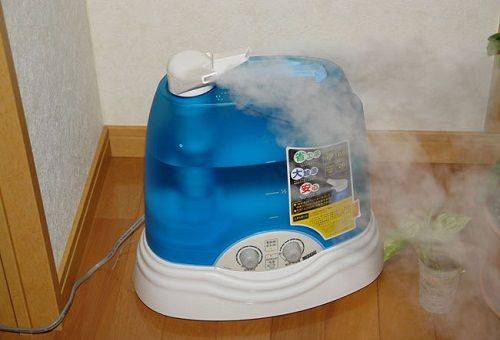

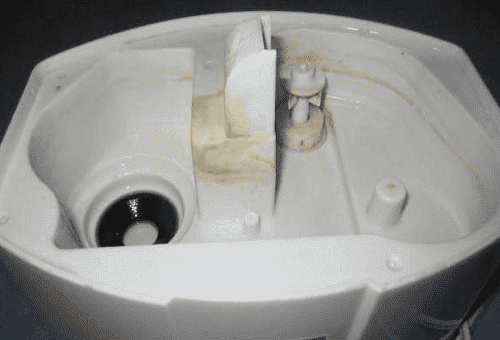
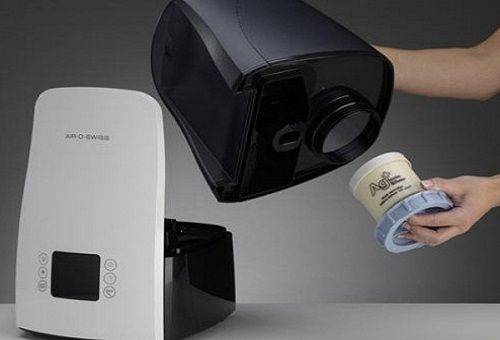
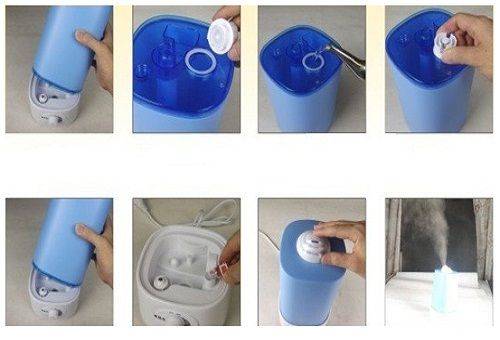
Please tell me, is the working container into which you need to add chlorine bleach the water tank or the lower part???
The dumbest article I've ever read. Website owner, find a new copywriter